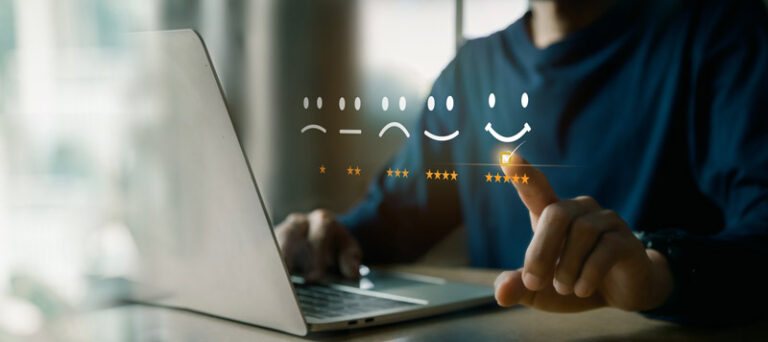Insights from UAF’s new online organic chemistry labs
One section of this fall’s Organic Chemistry I (CHEM F321) is the first of its kind. It provides online students with hands-on experience in custom home-based labs, remote access to research-grade equipment, and robust 3D modeling software.
Tom Green, professor of chemistry, developed a fully online lab course for organic chemistry as part of his CITE Fellows project. Green was unimpressed with commercially available lab kits: “I was a little disappointed in the curriculum that lab supply companies address. These lab activities do not reflect what organic chemists actually do.” While there are spatterings of chemistry lab courses available online, none follow the basic structure of a rigorous organic chemistry lab: devise and follow a procedure, make direct observations, record data, analyze the results, and report the findings.
There are many course offerings that try to simplify the above process by letting students watch a remote video or play with a simulation, but these kinds of experiences fall short of what the American Chemical Society lists as requirements for the bachelor’s level degree programs: “The laboratory experience must include synthesis of molecules; measurement of chemical properties, structures, and phenomena; hands-on experience with modern instrumentation; and computational data analysis and modeling.”1
Green began by adopting a different chemistry textbook that best matched his learning objectives and rearranging the presentation of chapters with remote laboratory experiences in mind. He realized that there were three types of experiences he could provide distance students with:
- logging into existing equipment that has online interfaces
- using modeling software that lets students experiment with chemical structures and compute bonding energies and electron distributions
- and the classic experience of following a procedure, measuring and recording data, and analyzing results in person at their homes.
Some of the lab procedures involve mailing back derived samples for remote instrumentation analysis using UAF’s research-grade equipment.
The surplus of time involved with asynchronous learning experiences was the key. Without having to get a group of students through a lab in a scheduled three hours, Green was able to create longer schedules for students to have access to lab equipment using online interfaces. Previous constraints of having to only work with reactions that fit in a three-hour window no longer applied. This freed up Green to explore using more environmentally conscious and safe lab procedures that use weaker chemicals that are just as effective as long as the reaction has enough time. Some of the experiments in Organic Chemistry I and Organic Chemistry II will set up reactions that occur overnight.

Here are takeaway insights that could be applied to other science lab courses:
- Synchronize and sequence lab curriculum topics with class-taught topics. Lab exercises should strategically reinforce the course curriculum. Lab supply companies do not have ready-made kits suited for this purpose.
- Develop the lab experiences specifically for online learning with emphasis on the student studying at a distance.
- Use molecular modeling software such as WebMO/Gassian to build molecules, calculate IR spectra of a compound, visualize bond vibrations, animate vibrations at specific energies, examine regions of varying electron densities and make their own electrostatic potential maps (EPMs).
- Require students to complete a safety survey and designate a dedicated “lab” area in their homes.
- Replace traditional materials with non-toxic materials whenever possible.
- Use micro quantities of materials for safety and mailing purposes, and provide students with all necessary lab materials as part of their class and lab fees.
- Provide safe containers for the disposal of consumable lab materials in home garbage cans.
- Cut costs by balancing consumable lab kit materials with the use of more expensive equipment to be returned by students at the end of a semester.
- Provide pre-postage mailers for students to send in compounds to be processed on research-grade equipment at UAF with follow-up analysis of results.
- Take shipping turnaround time into consideration when scheduling due dates.
- Provide students with manuals and demonstration videos to aid them in specific laboratory methods.
- Allow students to submit video, photographs and measurements with their reports as part of an assignment in your online course shell.
The fall semester of UAF’s first online organic chemistry class with a lab is underway, and students are set for home experiments across Alaska and beyond. The demand for remote learning is here and Green is creatively meeting that need. Could you and your department be next?
References
1Committee on Professional Training, American Chemical Society. (2015). Undergraduate Professional Education in Chemistry: ACS Guidelines and Evaluation Procedures for Bachelor’s Degree Programs. Page 11.
Tom Green
Tom Green, Ph.D., has taught organic chemistry for over 30 years and has a strong passion for teaching lab curriculum for organic chemistry students with a specialty in green, safe, and microchemistry procedures.



